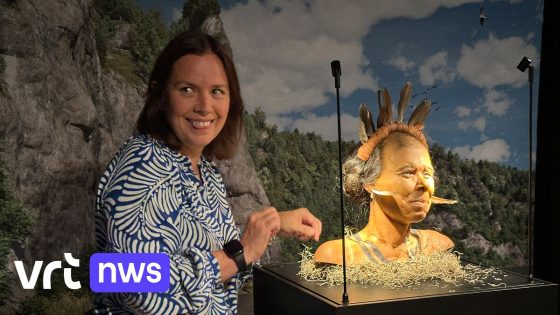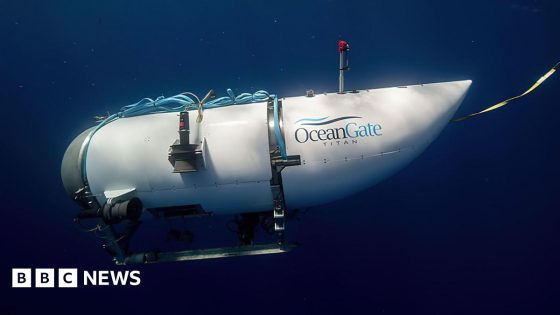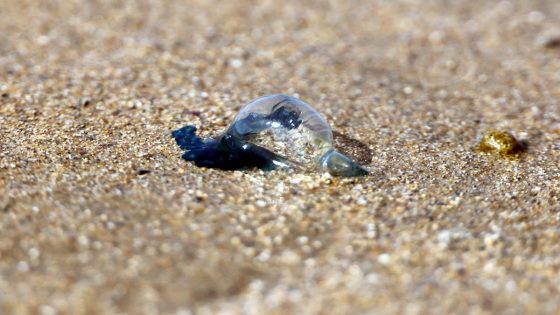The Gallo-Roman Museum in Tongeren is making history by becoming the first museum to exhibit the facial reconstruction of Mos’ Anne. This unique exhibit brings to life a woman who lived in the Maas valley over 10,500 years ago, offering a rare glimpse into Belgium’s distant past. Starting from 2025-08-25 18:10:00, visitors can explore this fascinating piece of prehistoric heritage.
- Gallo-Romeins Museum exhibits Mos' Anne face
- Mos' Anne lived 10,500 years ago
- Reconstruction based on DNA from skeletal remains
- Skeletal remains found near Dinant in 1988
- Exhibit open until October 19th
- Showcased in museum's permanent exhibition
Mos’ Anne’s face was reconstructed using DNA samples taken from skeletal remains discovered in 1988 in a cave near Dinant. This groundbreaking display adds a new dimension to the museum’s permanent exhibition, connecting visitors directly to ancient inhabitants of the region.
What can this reconstruction tell US about life in prehistoric Belgium? How does Mos’ Anne’s story deepen our understanding of the Maas valley’s early communities? The answers await curious visitors eager to explore Belgium’s rich archaeological legacy.
Why is this exhibit so important for Belgian history and archaeology? It bridges the gap between science and storytelling, allowing us to visualize an ancient life once hidden in the shadows. This display also raises awareness about the region’s archaeological treasures, promoting local cultural pride.
- It uses advanced DNA analysis to reconstruct an ancient face.
- It connects modern Belgians to their prehistoric ancestors.
- The exhibit runs until 19 October 2025, encouraging timely visits.
- It enhances the Gallo-Roman Museum’s role as a cultural hub.
Don’t miss the chance to meet Mos’ Anne and experience Belgium’s ancient past firsthand. Whether you’re a history enthusiast or a curious local, this exhibit invites you to explore how the Maas valley shaped early human life. Plan your visit soon and step back in time.

































